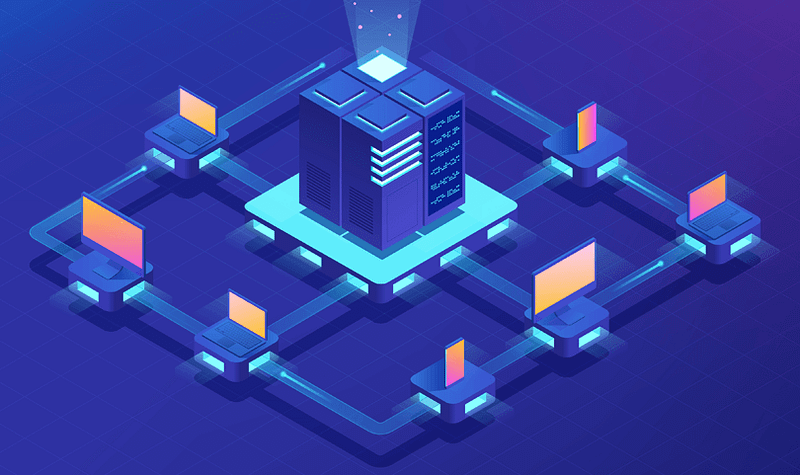Blockchain Protocols: The Fundamentals
At the heart of Blockchain lies a set of rules and guidelines known as blockchain protocols.

At the heart of Blockchain lies a set of rules and guidelines known as blockchain protocols.
In this article, we will quickly discuss what are blockchain protocols, how they work, and outline the key steps involved in developing them.
What are Blockchain Protocols?
Blockchain protocols are the underlying rules, guidelines, and algorithms that define and control the functioning of a blockchain network.
These protocols determine how data is stored, transmitted, and validated across the network, ensuring the data's security, consistency, and reliability.
Blockchain protocols can vary significantly depending on the specific use case and the desired properties of the network, such as public, private, or permissioned access.
How Blockchain Protocols Work
- Consensus Mechanisms: One of the critical aspects of a blockchain protocol is its consensus mechanism, which is a set of rules that allow nodes (computers participating in the network) to agree on the validity of transactions and the state of the distributed ledger. Some common consensus mechanisms include Proof of Work (used by Bitcoin), Proof of Stake, and Practical Byzantine Fault Tolerance.
- Cryptography: Blockchain protocols rely on cryptography to ensure the security and integrity of data. Cryptographic algorithms are used to create unique digital signatures, hash functions, and public-private key pairs to enable secure communication, identification, and authentication of participants in the network.
- Smart Contracts: Many blockchain protocols, like Ethereum, support using smart contracts. These are self-executing contracts with the terms of the agreement directly written into code. Smart contracts automatically enforce the rules and penalties specified in the agreement without the need for intermediaries.
- Tokenization: Blockchain protocols can also include rules for creating and managing tokens, digital representations of assets, currencies, or rights within the network. Tokens can be used for various purposes, such as incentivizing participation, enabling transactions, or representing ownership of real-world assets.
Critical Steps for Developing a Blockchain Protocol
- Define the Use Case: The first step in developing a blockchain protocol is to identify the specific use case or problem that the protocol aims to address. This will help you determine the required features and properties of the protocol, such as its consensus mechanism, tokenization, and smart contract capabilities.
- Research Existing Protocols: Before starting from scratch, it's essential to research and analyzes existing blockchain protocols to understand their strengths, weaknesses, and how they address specific needs. This will help you decide whether to build on an existing protocol or develop a new one.
- Design the Protocol: Once you've determined the use case and researched existing protocols, it's time to design your blockchain protocol. This includes defining the consensus mechanism, cryptographic algorithms, data structure, and network architecture. You'll also need to consider performance, scalability, and privacy requirements.
- Develop and Test the Protocol: After designing the protocol, you'll need to thoroughly develop and test the actual code. This involves writing the code for the protocol, creating a test environment, and performing rigorous testing to ensure the protocol functions as intended and is secure from potential attacks.
- Launch and Maintain the Network: Once the protocol has been developed and tested, it's time to launch the blockchain network. This involves deploying the protocol on a network of nodes, onboarding users, and continuously monitoring and maintaining the network to ensure its stability and security.
Conclusion
Blockchain protocols are the backbone of blockchain technology, providing the rules and guidelines that govern its functioning. Understanding how they work and the steps involved in developing them is crucial for anyone looking to harness the power of blockchain technology for their specific use case.
Follow me on Medium, LinkedIn, and Twitter.
All the best,
Luis Soares
CTO | Head of Engineering | Cyber Security | Blockchain Engineer | NFT | Web3 | DeFi | 0x546563684C6F766572
#blockchain #solidity #security #protocols #smartcontracts #ethereum #nft #ethereum evm #solidity #web3 #cryptography #softwareengineering #softwaredevelopment #coding #software



